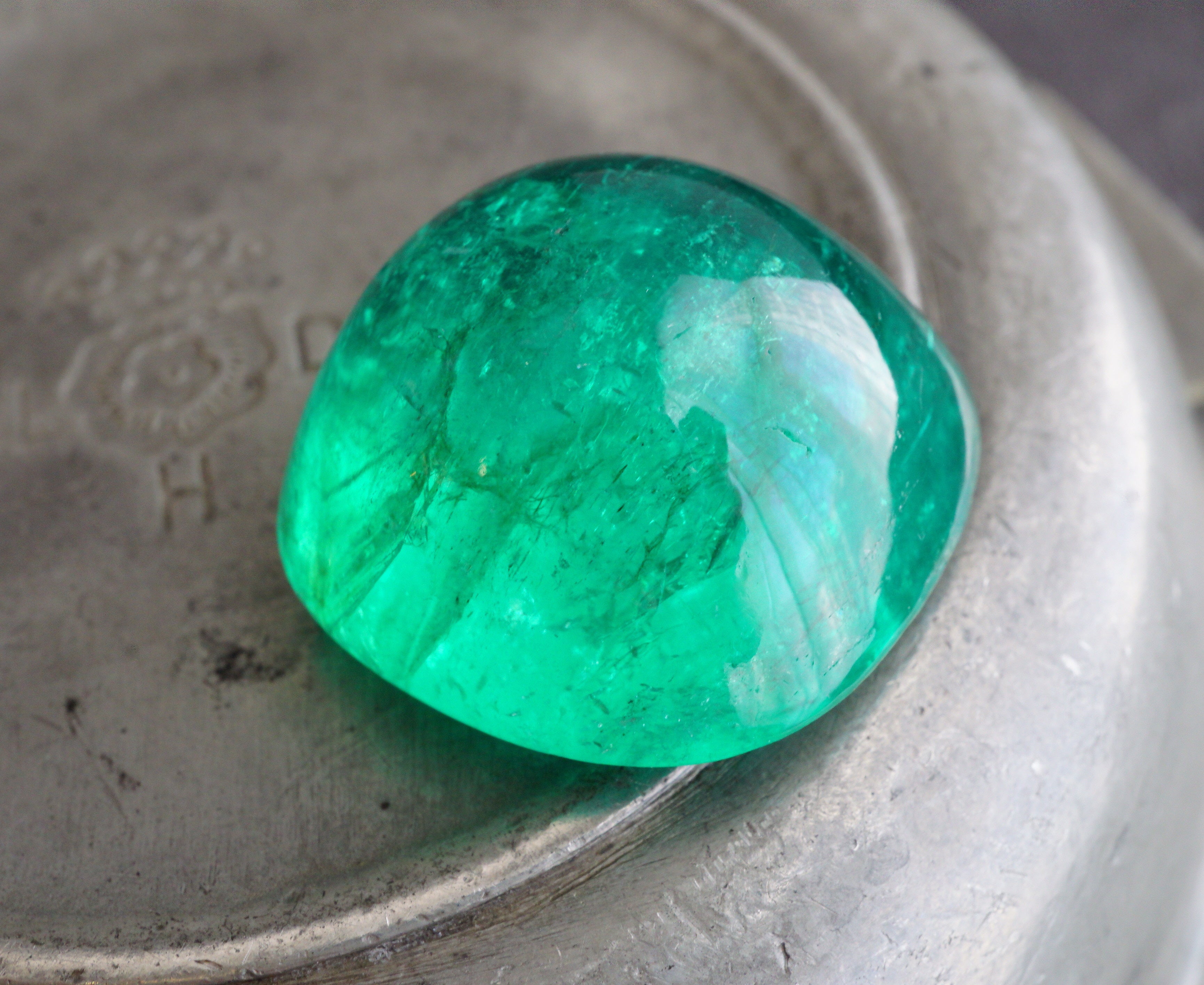
Antique Cut Diamonds: Briolette Cut
The beautiful briolette cut is an antique gemstone cut that stands out for its unique design. It features a three-dimensional, teardrop or oval shape without a flat table, girdle, or pointed culet. Faceted on all sides, it reflects light in every direction, much like the pendeloques used to ornament chandeliers.
The briolette cut requires a fairly sizable stone with ample surface area and clarity. Its design may have evolved from the early double rose cut, which has rose-cut facets on a gem’s crown and pavilion. When one side of the double rose cut is longer than the other, a drop shape emerges. The briolette is fully covered with triangular, or sometimes rectangular, facets to enhance its sparkle.
The earliest evidence of the briolette cut dates back to 17th-century India. French traveler and gem merchant Jean-Baptiste Tavernier, who made several voyages to India, sold two briolette-cut diamonds to King Louis XIV of France.
Briolette-cut gems were typically drilled through their tips and worn as pendants. They were also perfect for dangling earrings and fringe-style necklaces. A famous example is the Napoleon Diamond Necklace, created in 1811 by Etienne Nitôt and Sons in Paris. This necklace, a gift from Emperor Napoleon Bonaparte to his second wife, Marie-Louise, features 28 Old Mine–cut diamonds suspending a fringe of five pear-shaped diamonds, four oval-shaped diamonds, and 10 briolette-cut diamonds arranged in an alternating pattern.

The Napoleon Diamond Necklace featuring ten briolette-cut diamonds.
With the advancement of diamond-cutting technology in the 18th and early 19th centuries, lapidary artists moved away from cuts like the briolette in favor of the table-crown-pavilion cuts popular today. Many important briolette gems were recut. Although the briolette saw a revival during the Victorian and Art Deco periods, it eventually fell out of favor, viewed as an inefficient use of a gem’s rough.
However, the briolette cut is once again gaining popularity. In 2013, “The Star of China,” a 75.36-carat Type IIA briolette-cut diamond with internally flawless clarity and D color, was sold at Christie’s Hong Kong for a record $11.2 million. It’s regarded as the world’s largest and most perfect briolette-cut diamond, admired from every angle.

"The Star of China," the world's largest and most perfect briolette-cut diamond.
More recently, in 2019, Cartier introduced its “Magnitude” high-jewelry collection, featuring the “Yuma” earrings, necklace, and ring with stunning briolette-cut yellow diamonds. In this collection, briolettes are used in clusters and cascades, showcasing their timeless appeal in modern, artistic designs.
The briolette cut continues to captivate today’s jeweler designers and collectors alike, blending historical charm with contemporary elegance. Its ability to catch and reflect light from every angle, combined with its distinctive shape, makes it a versatile and enduring choice for fine jewelry.
Whether used in antique pieces or cutting-edge designs, the briolette cut stands as a testament to the artistry and innovation of gemstone cutting throughout history. As it regains popularity today, it promises to remain a treasured cut, appreciated for its beauty and craftsmanship for generations to come.

